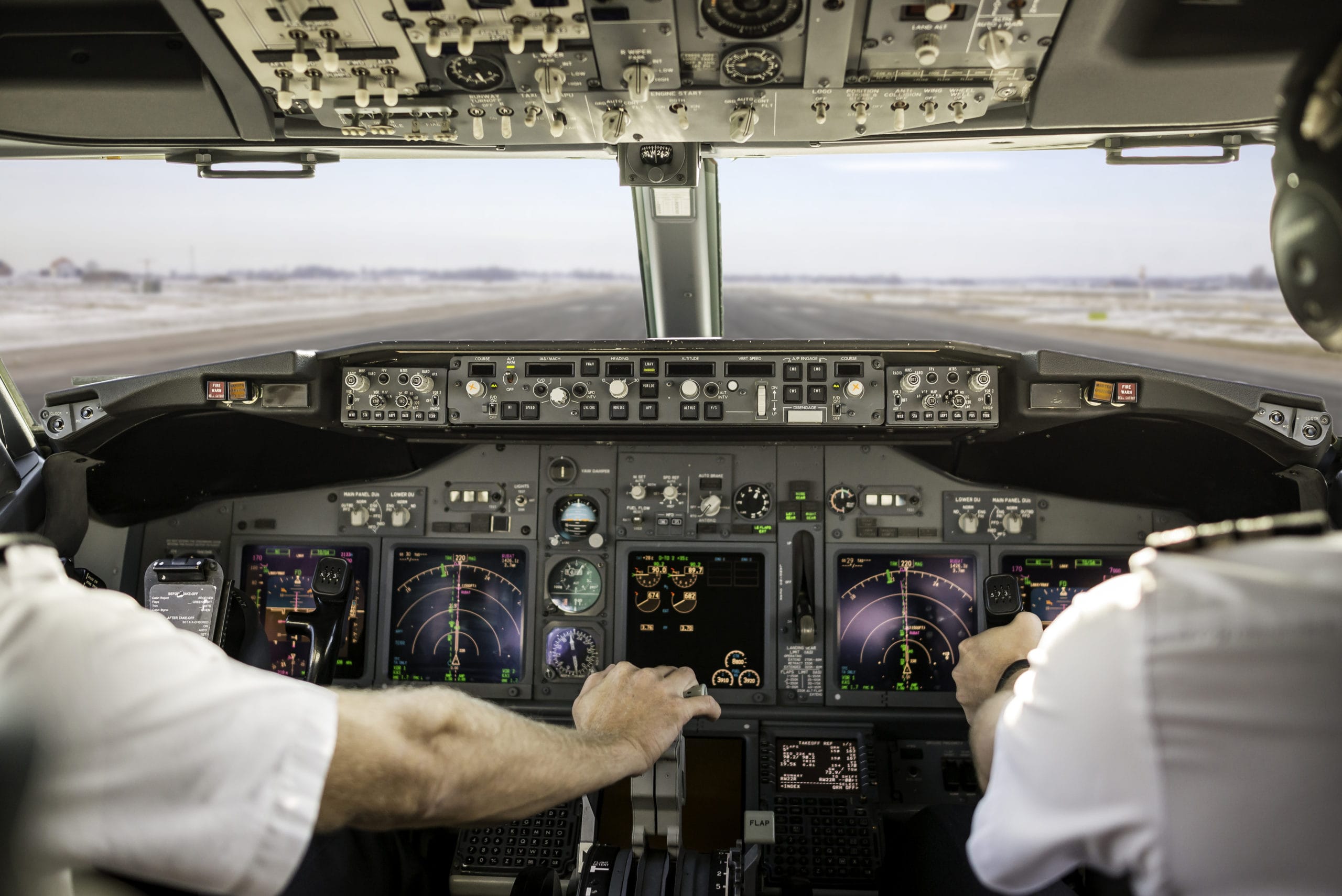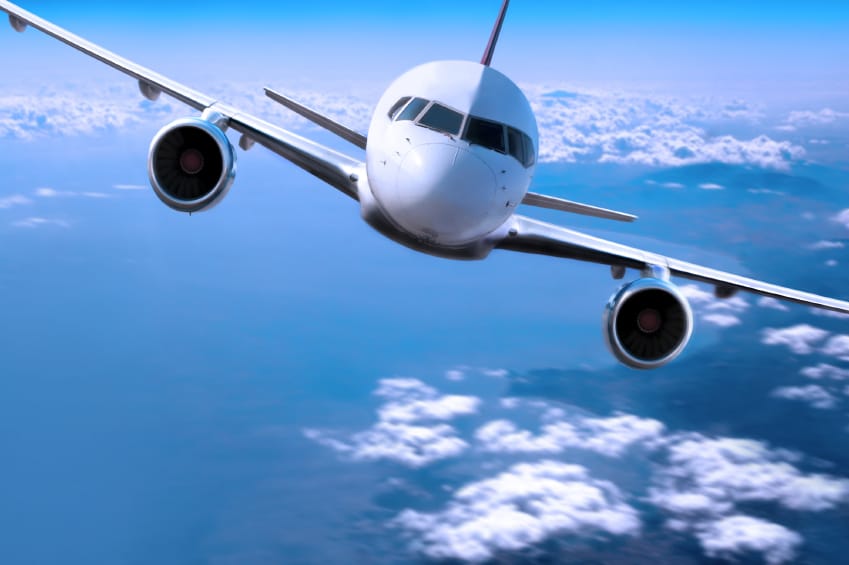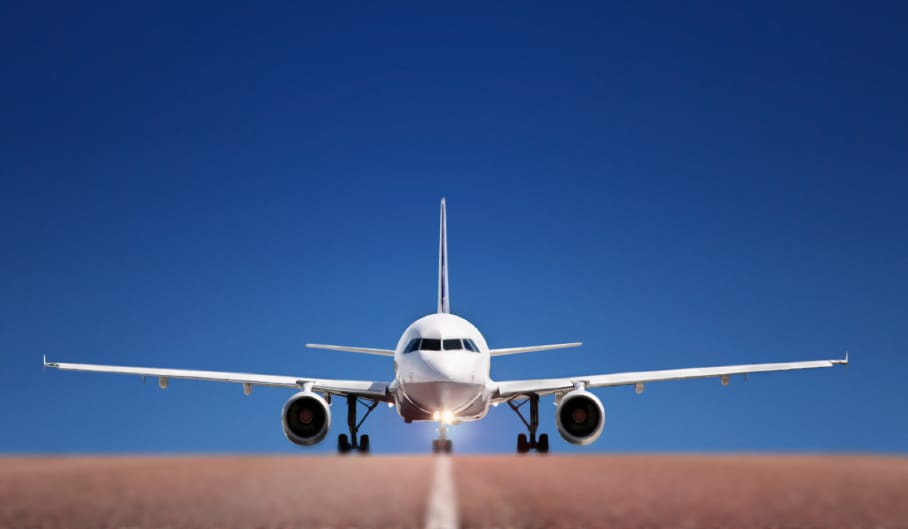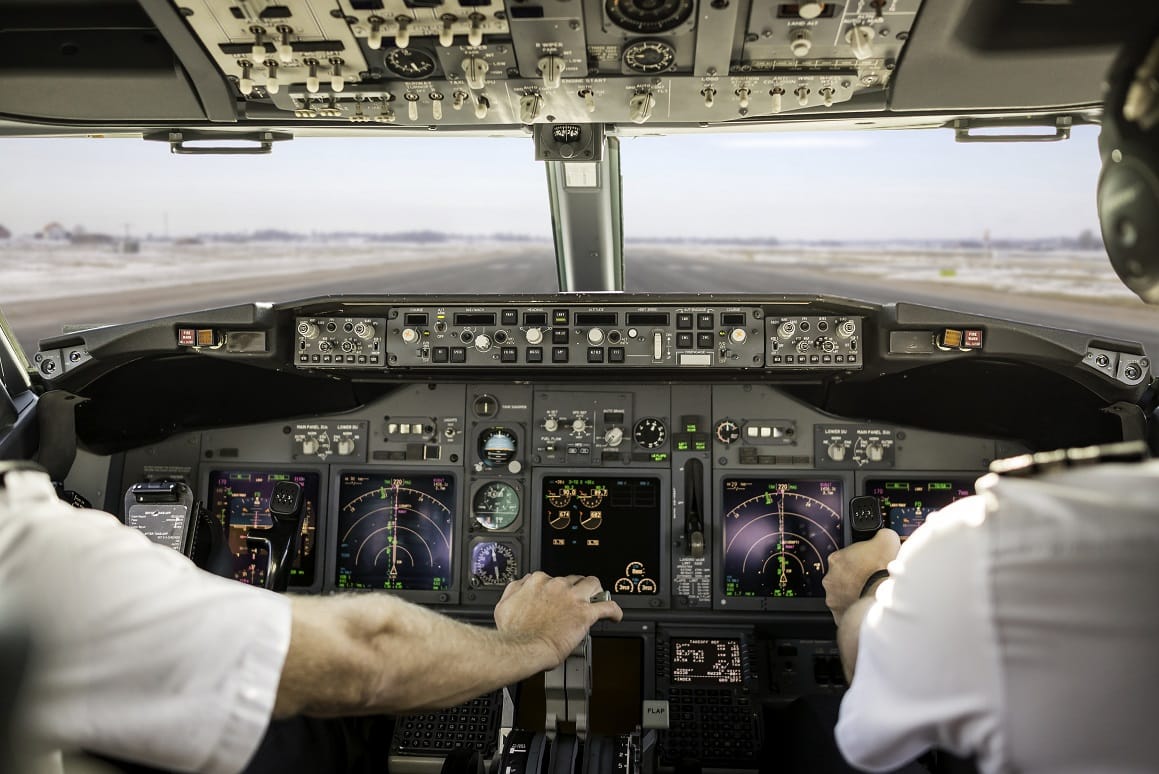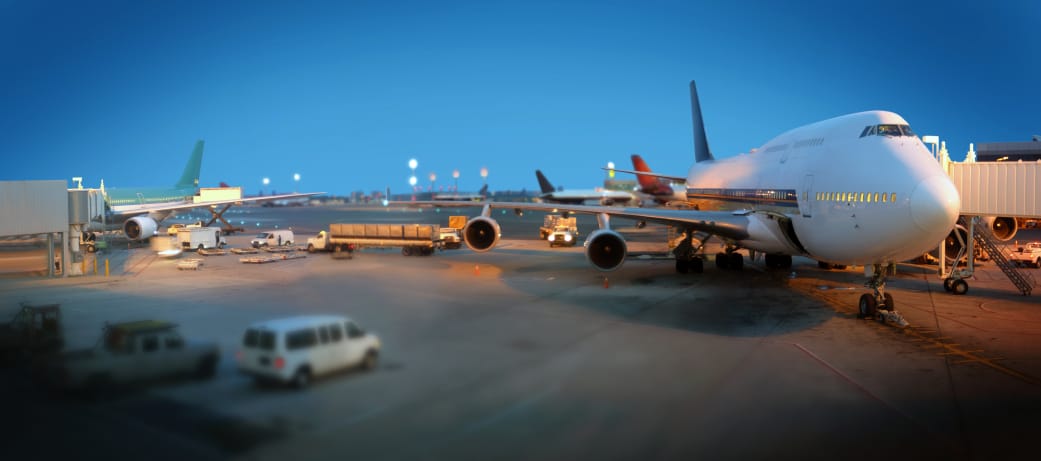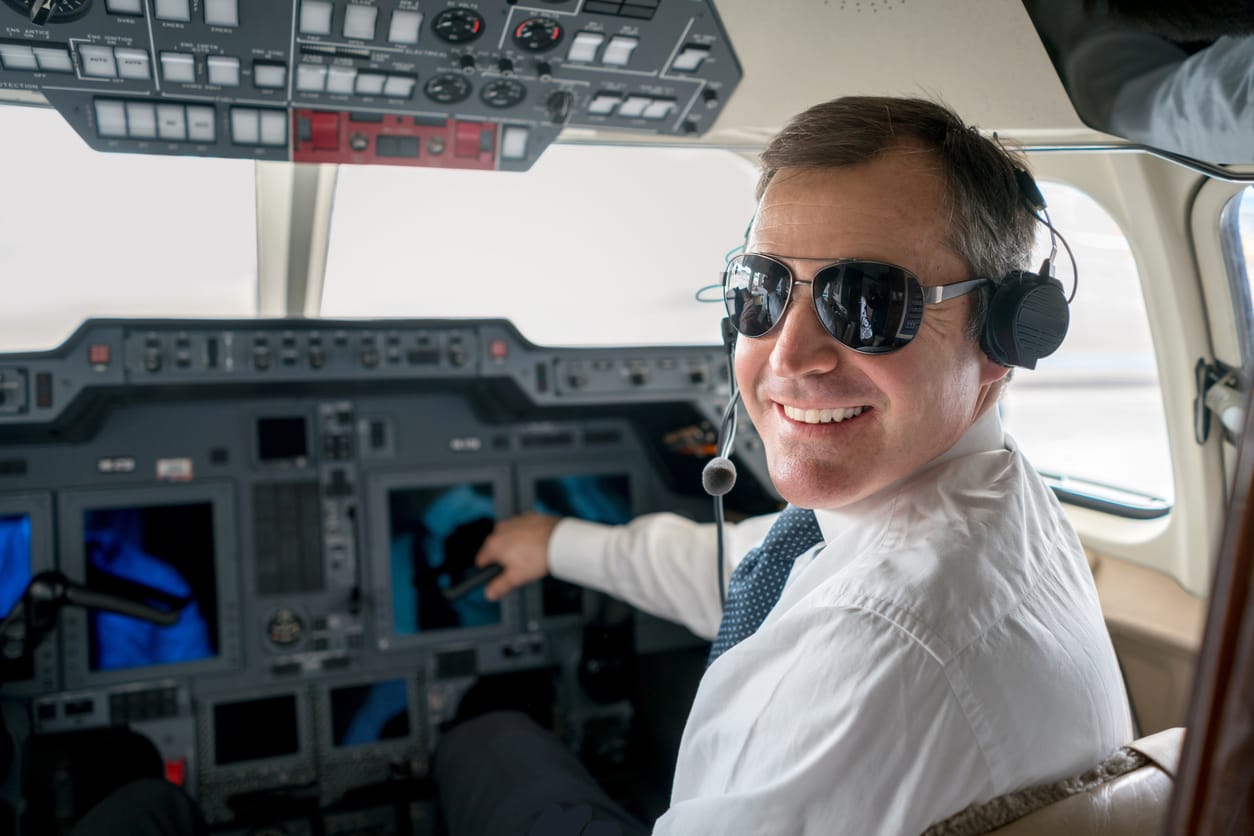When someone speaks of wanting to make a career as a pilot, the automatic assumption of many is that he or she wishes to become an airline aviator. The bulk of pilots are indeed behind the passenger jets that fill the skies. However, much of the aviation world is populated by pilots who fly for corporate clients.
This aspect of the industry is also known as “general aviation.” It encompasses, basically, everything that the airlines are not: Student pilots, hobbyists, tour operators, fractional ownership, aviation clubs, and corporate fliers. The popular concept of corporate clients or “private jets” is that of celebrities or the ultra-rich who ride in the back of luxurious aircraft with a full cabin crew. However, many business people who are of relatively modest means make use of corporate aviation. Many pilots prefer to aim for a life in these cockpits, serving just one or a small handful of passengers.
Becoming a Private Jet Pilot
Most pilots are not hired on to corporate or single-passenger outfits until they have built a fairly significant amount of time in a variety of aircraft. Some pilots become flight instructors or fly tourists while enhancing their skills and amassing hours as pilot in command. At a minimum, a pilot should have completed his or her commercial certificate. While completing an instrument rating is not necessary to take on clients, nearly all corporate pilots have completed it. That’s because pilots wish to have the ability to fly their clients in inclement weather, and the vast majority of insurance companies requires a pilot in command to hold an airline transport pilot certificate (“the ATP.”)
Obtaining the ATP is the gold standard in commercial aviation. It involves an investment of time and investment in flight training beyond obtaining a commercial certificate. In order to pass ATP training, a pilot must first have amassed 1500 hours of pilot time in the cockpit and take an FAA-approved course known as the ATP-CTP (Certification Training Program.) Successful completion of the ATP-CTP course clears the pilot to take the ATP certificate written test.
Most clients ask for pilots to have logged at least 2500 hours (and preferably over 3000) to become hired as a first officer, with at least 500 of those hours as pilot in command of an airplane. To obtain a job as a captain, most operators look for pilots with at least 4000 hours, sometimes 5000. Many insurance companies also stipulate that captains must have 1000 hours of turbine engine time.
Who Are Private Jet Clients?
Corporate aviation clients aren’t just presidents and board members of major corporations. They are also small business owners or employees of smaller companies who need to travel a great deal. Private jets offer flexibility, privacy, and access to smaller airports in rural areas that major airlines do not. Because of this, for some companies, maintaining a private aircraft is cheaper and more efficient than flying commercially.
Other pilots fly collegiate or professional sports teams, work for members of government, or see to the transportation needs of musical groups and marching bands. If it makes sense for the client to rent or buy a jet, be it large or small, the aircraft will either come under his or her own care or that of a management company. These jets might not necessarily fall into the category of luxurious—such as a Learjet— or even large, like an airplane from Boeing or Airbus. Some popular smaller private jets include the Cirrus, Beechjet, Cessna Citation CJ series, and Embraer Phenom 100 or 300.
Family business owners might also use their aircraft to fly family members or employees to and from various destinations. Some might own an aircraft fractionally with other companies and individuals, sharing the costs and services of the pilot, or go the route of private jet charters to avoid the overhead of owning the aircraft themselves. Sometimes a management company sees to the details of owning an aircraft for a group of owners, or just one. In this case, the pilot works for the management company rather than the company or person using the aircraft.
Beyond the Cockpit: Job Responsibilities
Some might be surprised to learn that private jet pilots serve their clients beyond simply flying the airplane. In smaller operations without a first officer, corporate jet pilots, in essence, run a one-airplane airline. The pilot is responsible for checking conditions at destination airports, verifying weather reports, filing flight plans, and making itineraries. Corporate pilots even make hotel and rental car reservations, load bags, and drive their clients from the airport to hotels or meeting destinations. They work primarily with FBOs rather than large airports. For these reasons, corporate pilot positions are most suitable for those with a strong sense of personal responsibility, good people skills, the ability to show discretion, and an understanding of the finer points of customer service.
Pros and Cons of Piloting Private Jets
Pilots who fly for smaller corporate clients enjoy working directly with their passengers. They see the difference they make in the lives of their clients and usually experience a personal connection with the business for which they are flying.
As opposed to airline pilots, schedules are often highly varied for corporate jet pilots, and, depending on the client, he or she may have more time at home. However, some corporate pilots might not enjoy health or retirement benefits, and they are almost never protected by a union. While airline pilots are required by the FAA to seal the cockpit door behind them, corporate pilots are exposed to their passengers at all times, and personality clashes might affect their employment.
All pilots are subject to fluctuations in the economy and the airline industry. For the most part, however, corporate aviators are far more vulnerable. Larger companies might cut corporate flight departments as a public economy measure for customers and stockholders, and individual owners or family business heads are usually free to eliminate a pilot’s job on a whim. Especially if a corporate pilot lives in an area without access to a variety of positions, this could make finding another position difficult.
Ready to soar in your aviation career?
Mr. Matthew A. Johnston has over 23 years of experience serving various roles in education and is currently serving as the President of California Aeronautical University. He maintains memberships and is a supporting participant with several aviation promoting and advocacy associations including University Aviation Association (UAA), Regional Airline Association (RAA), AOPA, NBAA, and EAA with the Young Eagles program. He is proud of his collaboration with airlines, aviation businesses and individual aviation professionals who are working with him to develop California Aeronautical University as a leader in educating aviation professionals.


